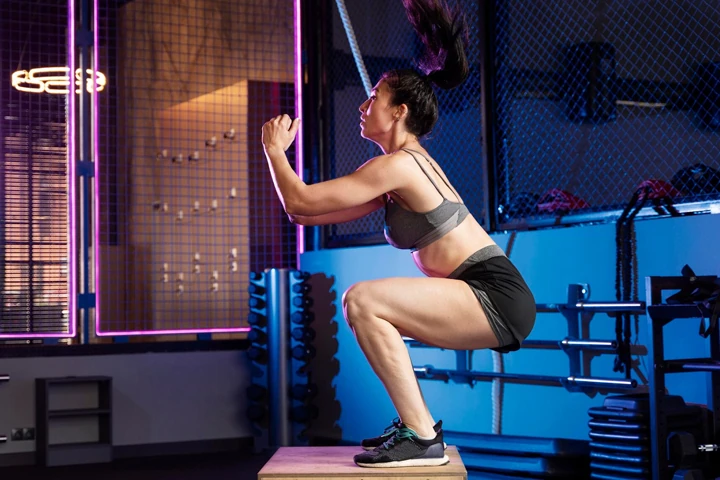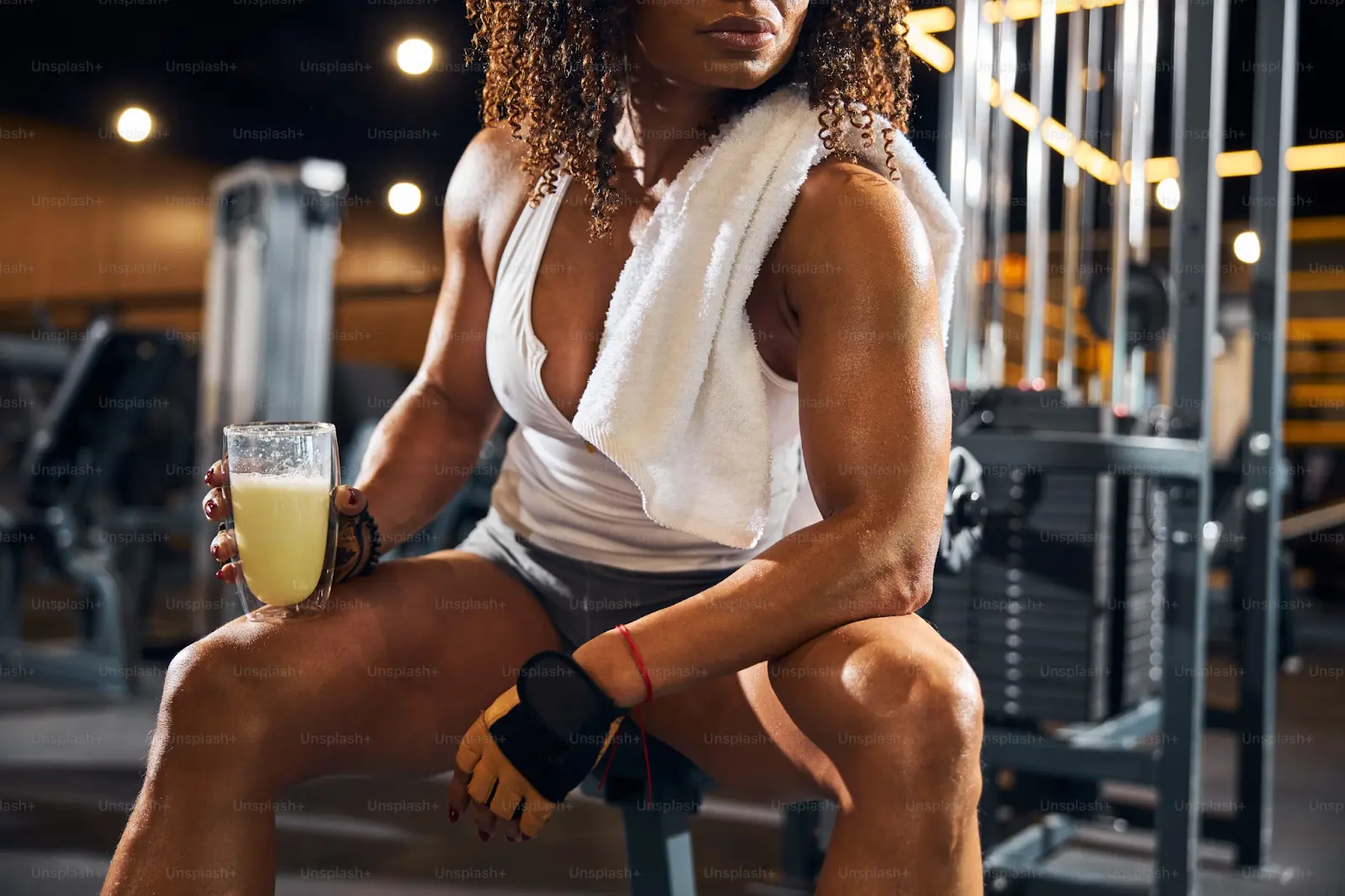Functional fitness is a holistic approach to exercise that emphasizes movements mimicking everyday activities and sports, aiming to enhance overall functional movement and reduce injury risk. It focuses on exercises that engage multiple muscle groups simultaneously, such as squats, lunges, deadlifts, and push-ups, to improve coordination, balance, flexibility, and stability. These exercises build practical strength, endurance, and fitness that can be directly applied to daily tasks and activities, ultimately improving quality of life.
What is Functional Fitness?
Functional fitness is rooted in the concept of training movements rather than isolated muscles. Unlike traditional weightlifting exercises that target specific muscle groups, functional exercises mirror the natural movement patterns of daily life. For instance, a squat exercise not only strengthens the legs but also improves the ability to bend down and lift objects safely. Similarly, a pushing motion (like a push-up) strengthens the upper body while simulating activities like pushing a door open or carrying groceries.
Benefits of Functional Fitness
- Improved Movement Patterns
Functional training improves movement efficiency and coordination by focusing on natural, practical movements. By training the body to perform these movements with proper technique and strength, individuals can move more effectively and with reduced risk of injury in daily life scenarios.
- Enhanced Physique
Functional exercises engage multiple muscle groups simultaneously, promoting a leaner, more balanced physique. Unlike traditional bodybuilding which may focus on isolated muscle growth, functional fitness helps develop muscles in a way that supports overall movement and functionality.
- Increased Calorie Burn
The multi-joint movements in functional fitness workouts increase energy expenditure and oxygen consumption, leading to higher calorie burn compared to isolated exercises. This can be beneficial for weight management and improving cardiovascular fitness.
- Improved Coordination and Mobility
Functional exercises challenge coordination and proprioception (awareness of body positioning), improving overall mobility and joint stability. This is crucial for maintaining agility and reducing the risk of falls, particularly important as people age.
- Enhanced Aerobic Capacity
Functional workouts can be designed to include cardiovascular components, improving aerobic fitness alongside strength and flexibility. This comprehensive approach contributes to overall fitness and endurance.
- Practical Application to Daily Life
One of the key advantages of functional fitness is its direct application to everyday activities. By training movements that are essential for daily tasks (like bending, lifting, reaching), individuals develop practical strength and endurance that make these activities easier and safer to perform.
Why Functional Fitness Matters
- Independence and Quality of Life
As individuals age, maintaining independence becomes increasingly important. Functional fitness helps preserve mobility, strength, and flexibility, enabling older adults to continue performing daily tasks without assistance. This can significantly enhance quality of life and reduce reliance on others for basic activities.
- Injury Prevention
By strengthening muscles used in daily activities, functional fitness reduces the risk of common injuries such as strains and sprains. Improved balance and coordination also contribute to better stability and fall prevention, especially crucial for older adults.
- Sports Performance
Functional fitness isn’t just for daily life; it also benefits athletes by improving specific movements and skills relevant to their sports. Whether it’s improving agility for soccer players or enhancing core strength for swimmers, functional exercises can enhance athletic performance across various disciplines.
Implementing Functional Fitness
Implementing functional fitness involves designing workouts that incorporate a variety of movements and exercises targeting different muscle groups and movement patterns. Exercises can range from bodyweight movements to using equipment like resistance bands, kettlebells, and medicine balls.
Conclusion
Functional fitness stands out as a comprehensive approach to exercise that goes beyond aesthetics to improve overall functional movement, health, and well-being. By focusing on movements essential to daily life and sports, it enhances strength, flexibility, balance, and coordination—key components of a healthy, active lifestyle. Whether you’re looking to maintain independence as you age, prevent injuries, improve sports performance, or simply enhance your overall fitness, functional fitness offers practical benefits that translate directly into everyday activities and long-term health.









































